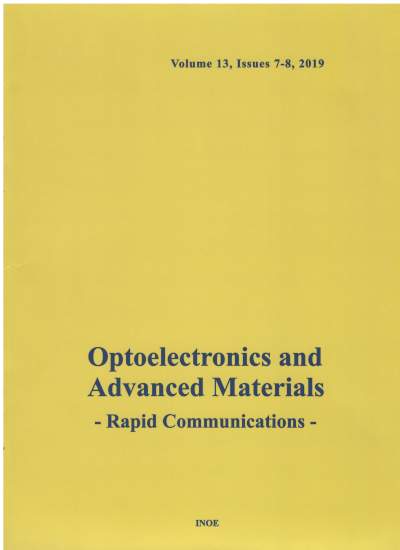Delta doping: New technique to reduce current crowding problem in III-nitride LEDs
BHUBESH CHANDER JOSHI1,2,*
,
NIRMAL PRADHAN1,
MANISH MATHEW1,
KULDEEP SINGH1,
C. DHANAVANTRI1,
D. KUMAR2
Affiliation
- Optoelectronic Devices Group, Central Electronics Engineering Research Institute, CEERI (Council of Scientific and Industrial Research, CSIR),Pilani (Rajasthan), 333031 India
- Electronic Science Department, Kurukshetra University, Kurukshetra, India
Abstract
Current crowding problem generally occurs in conventional III-nitride light emission diodes (LEDs) due to design geometry.
This problem give rises to unequal heating and unequal light emission from LED dice. Current crowding problem can be
reduced by using multi-finger design, where active area of LED device is divided into two portions and thus total emission
from device increases. By delta doping we can reduce, current crowding problem in conventional III-nitride LEDs design.
Current crowding problem vanishes almost in multi-fingered design with delta doped layer..
Keywords
III-nitride, LEDs, Current crowding, Multi-finger, Heating.
Citation
BHUBESH CHANDER JOSHI, NIRMAL PRADHAN, MANISH MATHEW, KULDEEP SINGH, C. DHANAVANTRI, D. KUMAR, Delta doping: New technique to reduce current crowding problem in III-nitride LEDs, Optoelectronics and Advanced Materials - Rapid Communications, 3, 10, October 2009, pp.985-988 (2009).
Submitted at: Aug. 27, 2009
Accepted at: Oct. 2, 2009
